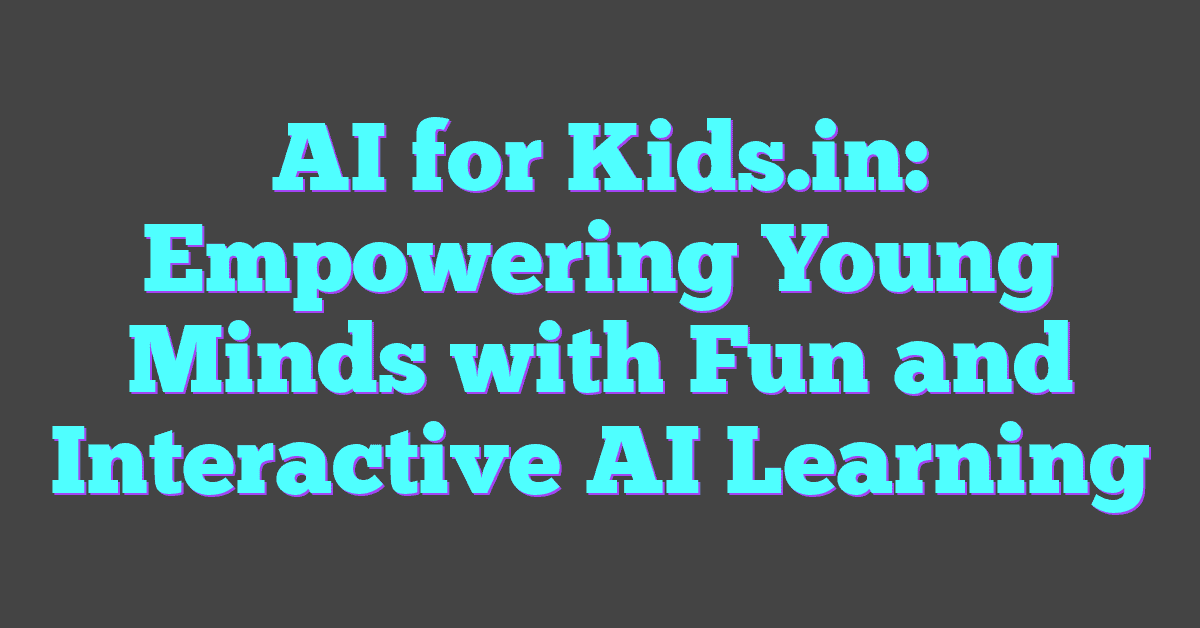Artificial Intelligence (AI) often gets tossed around in conversations about technology, but what exactly is it? Many people wonder if AI is just a fancy term for an algorithm. While both AI and algorithms play crucial roles in the tech world, they aren’t quite the same thing.
At its core, an algorithm is a set of instructions designed to perform a specific task. AI, on the other hand, involves creating systems that can learn and adapt over time. So, while algorithms are the building blocks, AI takes it a step further by using these blocks to create something that can think and evolve.
Understanding AI and Algorithms
Understanding AI and algorithms is crucial for grasping how modern technology works. Both concepts play key roles in developing intelligent systems.

What Is AI?
Artificial Intelligence, or AI, refers to systems designed to simulate human intelligence. It encompasses machine learning, natural language processing, computer vision, and robotics. These systems analyze data, identify patterns, and make decisions. For instance, machine learning allows AI to improve over time by learning from data. AI applications range from virtual assistants like Siri to recommendation systems on platforms like Netflix.
What Is an Algorithm?
An algorithm is a set of instructions for executing a task. It can be simple, like sorting a list, or complex, like finding the shortest path in a navigation system. Algorithms form the backbone of software programs. For example, a search algorithm allows Google to retrieve relevant results quickly. In contrast to AI, algorithms don’t learn or adapt; they follow predefined steps to solve problems.
| Concept | Description | Example |
|---|---|---|
| AI | Systems simulating human intelligence | Virtual assistants, recommendation systems |
| Algorithm | Instructions for executing specific tasks | Search algorithms, sorting algorithms |
Understanding these key distinctions helps in recognizing their roles and interconnections in tech development.
Exploring the Relationship Between AI and Algorithms
The interplay between AI and algorithms is crucial in understanding modern technological advancements. AI relies on algorithms, but they aren’t identical. Let’s dive deeper.
How Algorithms Drive AI
Algorithms form the backbone of AI systems, driving their functionality. Comprising sets of step-by-step instructions, they enable tasks like data processing, pattern recognition, and decision-making. While AI systems operate on these algorithms, they add layers of complexity through learning and adaptation.
For example, in machine learning, algorithms take historical data to create predictive models. These models then improve their accuracy over time through continuous learning. Algorithms enable processes critical to AI, such as training models, optimizing performance, and adjusting parameters.
Examples of AI Algorithms
Specific algorithms are pivotal in powering AI applications. Machine learning examples include decision trees, neural networks, and support vector machines (SVM). Decision trees help classify data points based on feature-based decisions. Neural networks simulate human brain functions, making them essential in deep learning tasks like image and speech recognition. SVMs classify data points for tasks like text categorization and regression analysis.
Natural language processing (NLP), another branch of AI, employs algorithms like tokenization, stemming, and named entity recognition. These algorithms help AI systems understand and process human language, enabling functionalities like chatbots and virtual assistants to interpret and respond to user queries effectively.
In summation, the synergy of AI and algorithms enables remarkable advancements in various applications, driving modern technological innovations.
Debating the Identity of AI: More Than Just Algorithms?
Artificial Intelligence (AI) often gets reduced to just a collection of algorithms, though in reality, it’s far more complex. Examining its identity reveals deeper, philosophical, and practical layers that highlight its distinctive nature.
Philosophical Perspectives
AI’s existence goes beyond mere algorithms, touching on questions about machine potential and human intelligence. Philosophers argue whether AI can possess consciousness or creativity since these traits traditionally belong to humans. While algorithms follow predefined paths, AI aims to simulate cognitive skills through learning and adapting. For example, generative AI can create art or music, raising questions about the nature of creativity.
Practical Applications and Implications
Beyond philosophical musings, AI’s impact in practical fields is immense. Machine learning algorithms enable AI to process vast data, making sophisticated decisions. Examples such as Autonomous Vehicles and Personalized Medicine illustrate how AI employs algorithms to transform industries. In autonomous vehicles, AI algorithms process sensor data, enabling real-time navigation and obstacle avoidance. Meanwhile, in personalized medicine, AI analyzes genetic data to recommend tailored treatments, illustrating the life-saving potential of these systems.
AI continues to evolve, blurring the lines between human and machine capabilities while establishing itself as a transformative force in countless industries.
Future of AI and Algorithmic Development
Advancements in AI continue to revolutionize industries, blending sophisticated algorithms with innovative applications. The future holds promising developments, as researchers and developers explore new frontiers.
Innovations on the Horizon
New AI-driven capabilities are set to emerge. Quantum computing, for example, will significantly amplify AI’s processing power, enabling the resolution of complex problems at unprecedented speeds. AI’s integration with Internet of Things (IoT) devices also promises advancements in smart home technologies, translating data into actionable insights.
Generative AI models are enhancing artistic creation. In fields like music production and digital art, algorithms now generate content, providing novel tools for creators. Meanwhile, natural language processing improvements facilitate more intuitive and seamless human-computer interactions.
Ethical Considerations
AI proliferation raises important ethical questions. Ensuring transparency and fairness in AI systems stands as a priority, with bias mitigation being crucial for equitable outcomes. Additionally, protecting user privacy in data-driven applications remains a significant concern, necessitating robust security measures.
Developing guidelines to safeguard against malicious uses of AI is equally critical. From deepfake technology to automated decision-making in judicial contexts, regulatory frameworks must evolve to address these challenges effectively. Researchers and policymakers must collaborate to promote the responsible development of AI technologies.
Conclusion
Understanding the distinction between AI and algorithms is crucial in grasping their roles in technology. AI’s ability to mimic human intelligence through machine learning and natural language processing sets it apart from traditional algorithms. Real-world applications like Autonomous Vehicles and Personalized Medicine highlight AI’s transformative potential.
As AI continues to evolve, its integration with Quantum computing and IoT devices promises even more groundbreaking advancements. Generative AI models are pushing the boundaries of creativity, while improvements in natural language processing are making human-computer interactions more intuitive.
Ethical considerations remain vital. Ensuring transparency, fairness, and privacy protection is essential as AI becomes more prevalent. By addressing these concerns, society can harness AI’s benefits while mitigating potential risks.
Frequently Asked Questions
What is the difference between Artificial Intelligence (AI) and algorithms?
AI mimics human intelligence using machine learning and natural language processing, while algorithms are sets of instructions that do not learn or adapt.
Why is it important to understand the difference between AI and algorithms?
Understanding the difference is crucial for technology development as it helps in choosing the right approach for solving specific problems and leveraging the full potential of each.
How do AI and algorithms work together in practical applications?
AI uses algorithms as a foundation to process data and learn from it, enabling applications like Autonomous Vehicles and Personalized Medicine to function effectively.
Is AI just a collection of algorithms?
No, AI goes beyond just algorithms. It involves machine learning, natural language processing, and other techniques that allow it to mimic human cognitive functions.
What are some industry applications of AI?
Industries like transportation, healthcare, and creative arts benefit from AI, with technologies like self-driving cars, personalized treatment plans, and generative AI models.
How might AI and algorithmic development evolve in the future?
Advancements such as the integration of AI with Quantum Computing and IoT, along with improvements in natural language processing, will drive the future evolution of AI and algorithms.
What are some ethical considerations regarding AI proliferation?
Key ethical considerations include ensuring transparency, fairness, bias mitigation, protecting user privacy, and developing guidelines to prevent malicious uses of AI.
How can AI contribute to more intuitive human-computer interactions?
Improvements in natural language processing will allow AI systems to understand and respond to human inputs more effectively, making interactions smoother and more natural.




